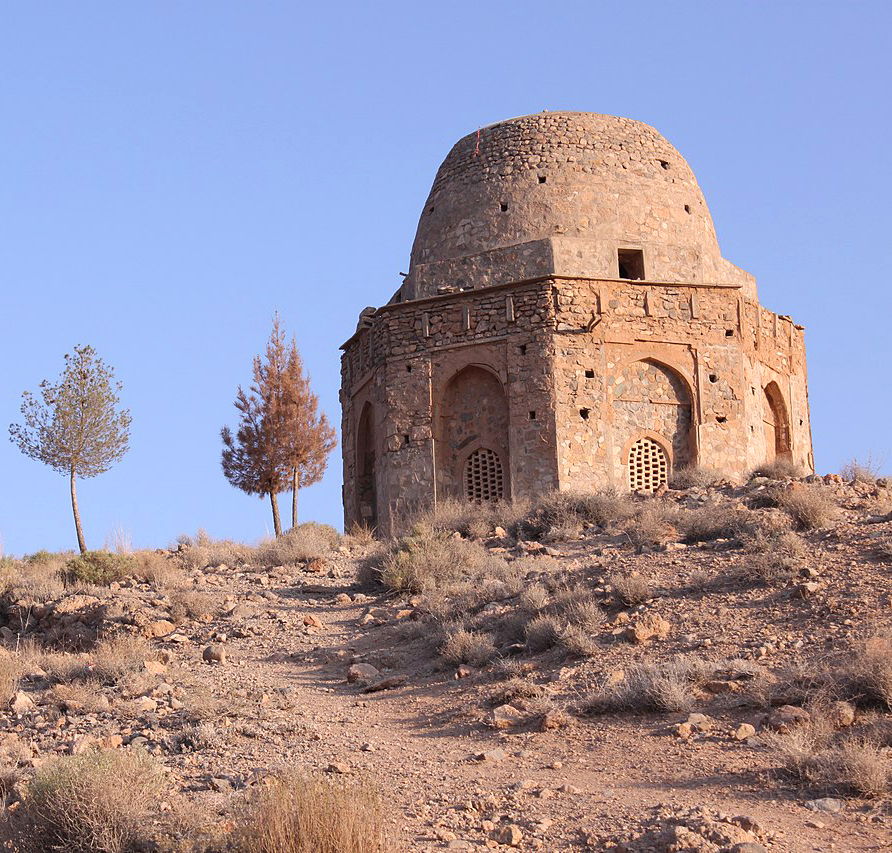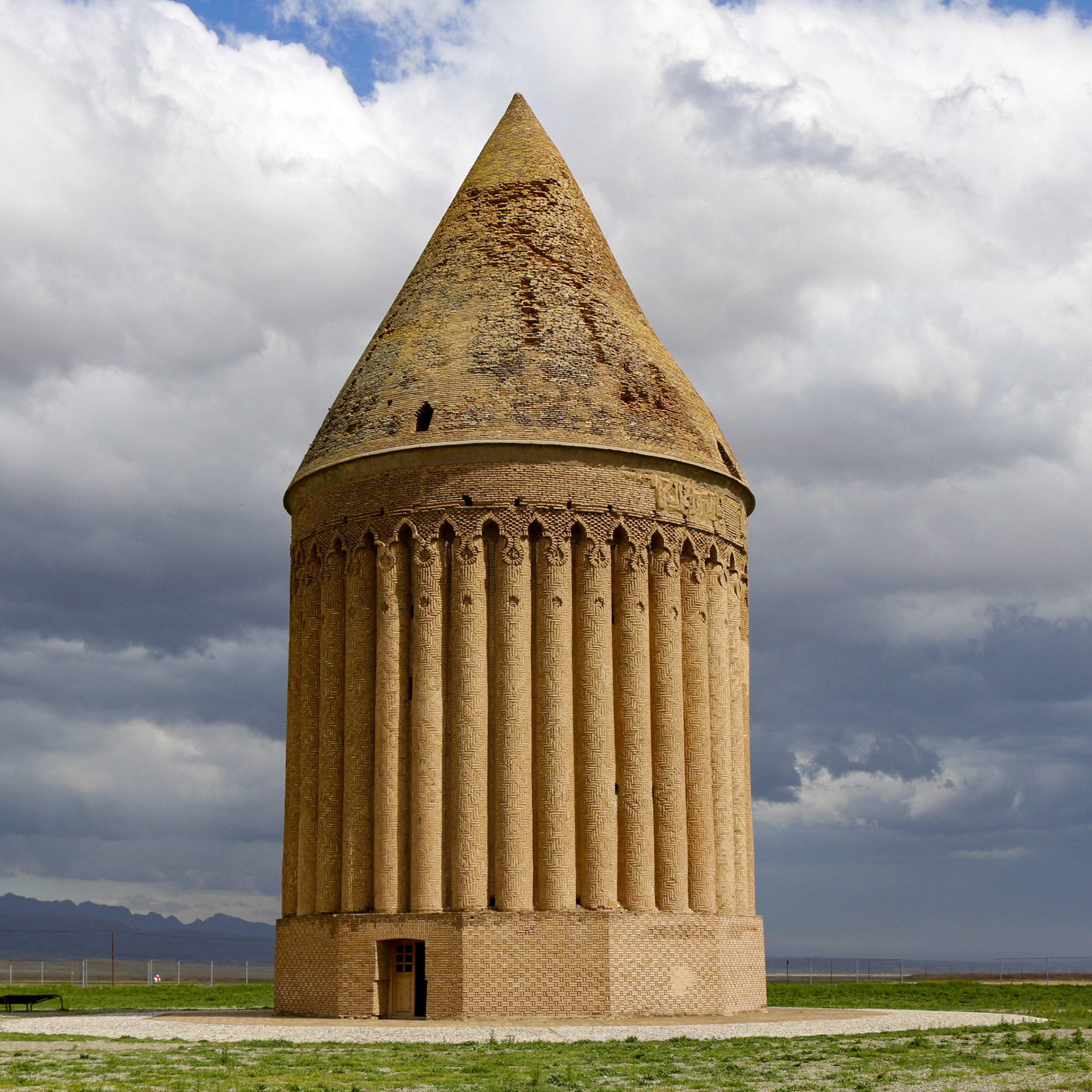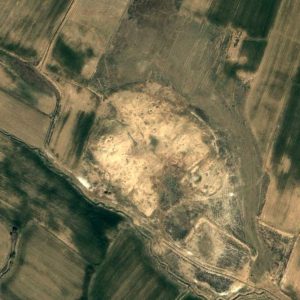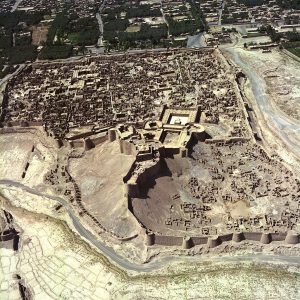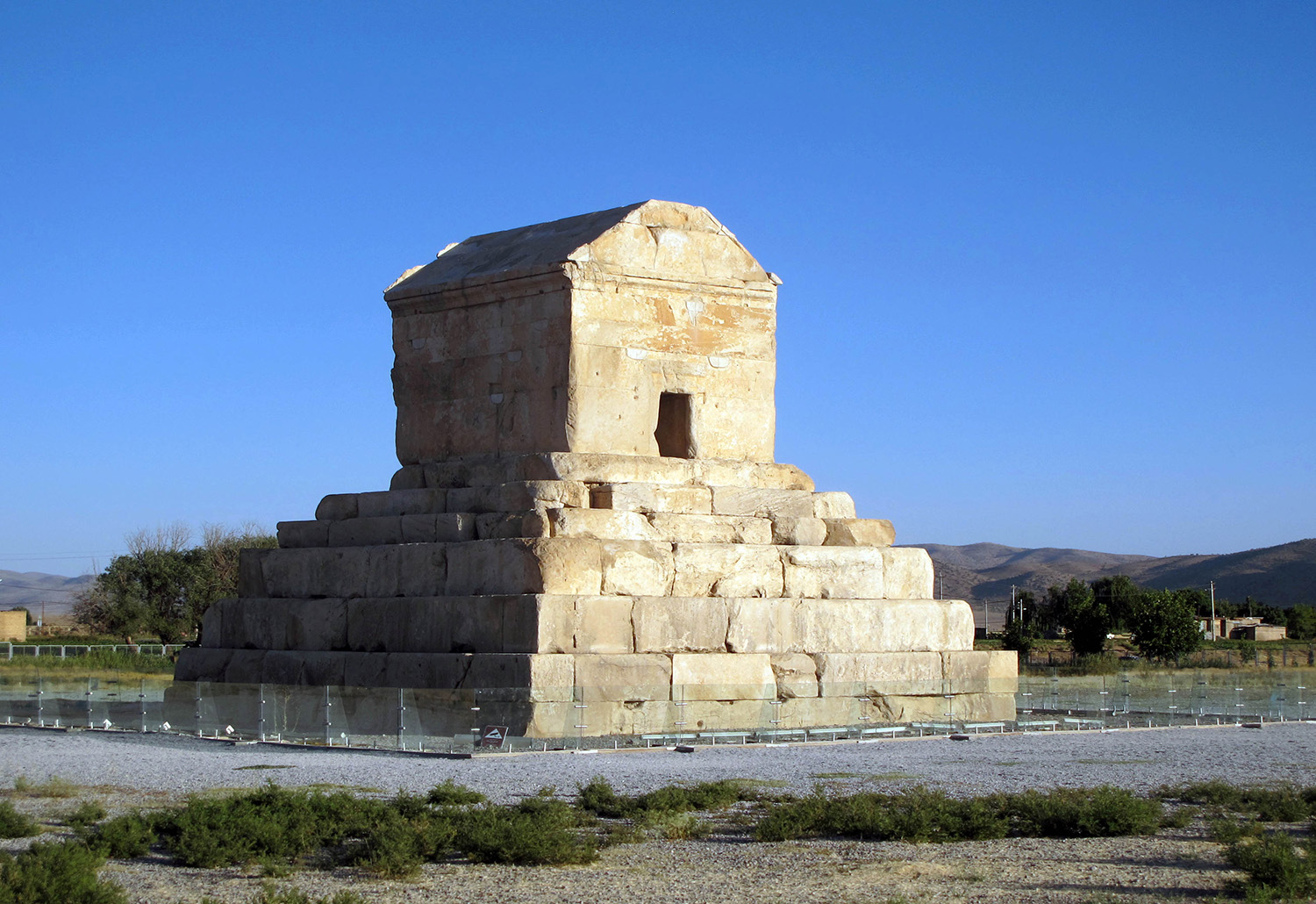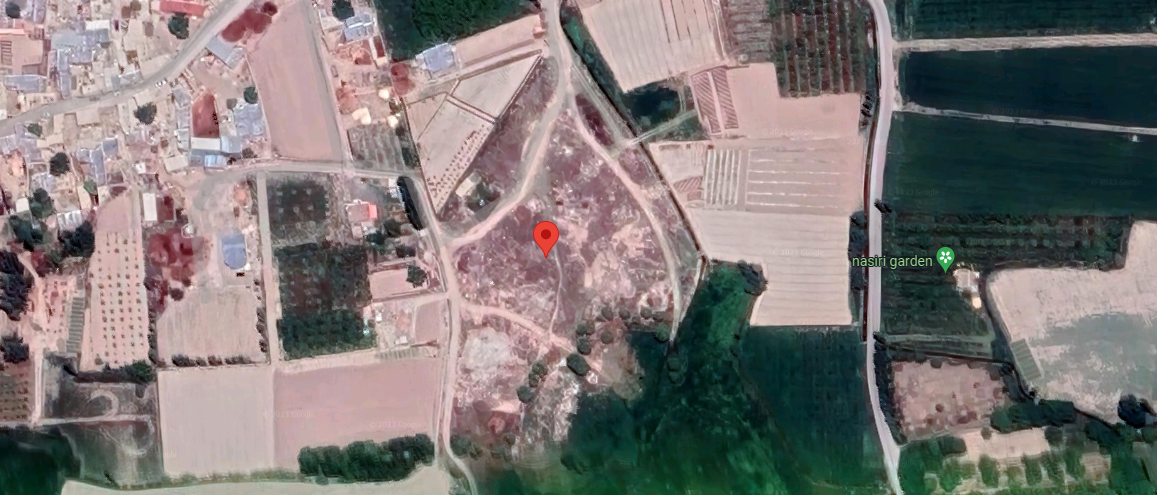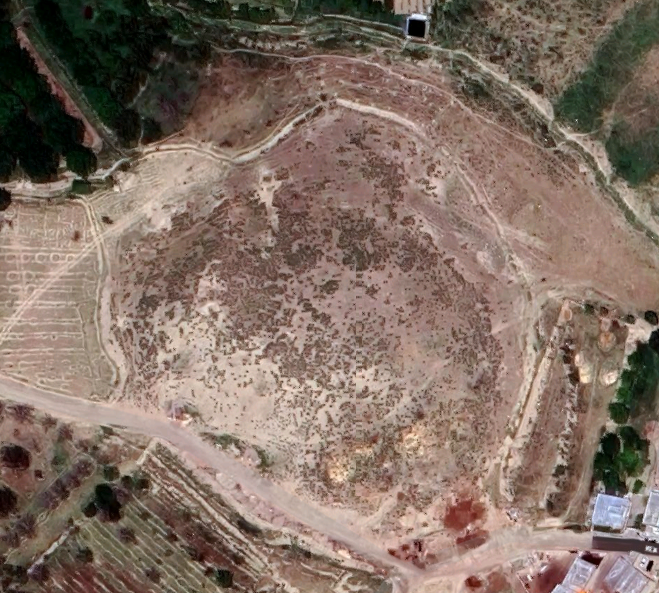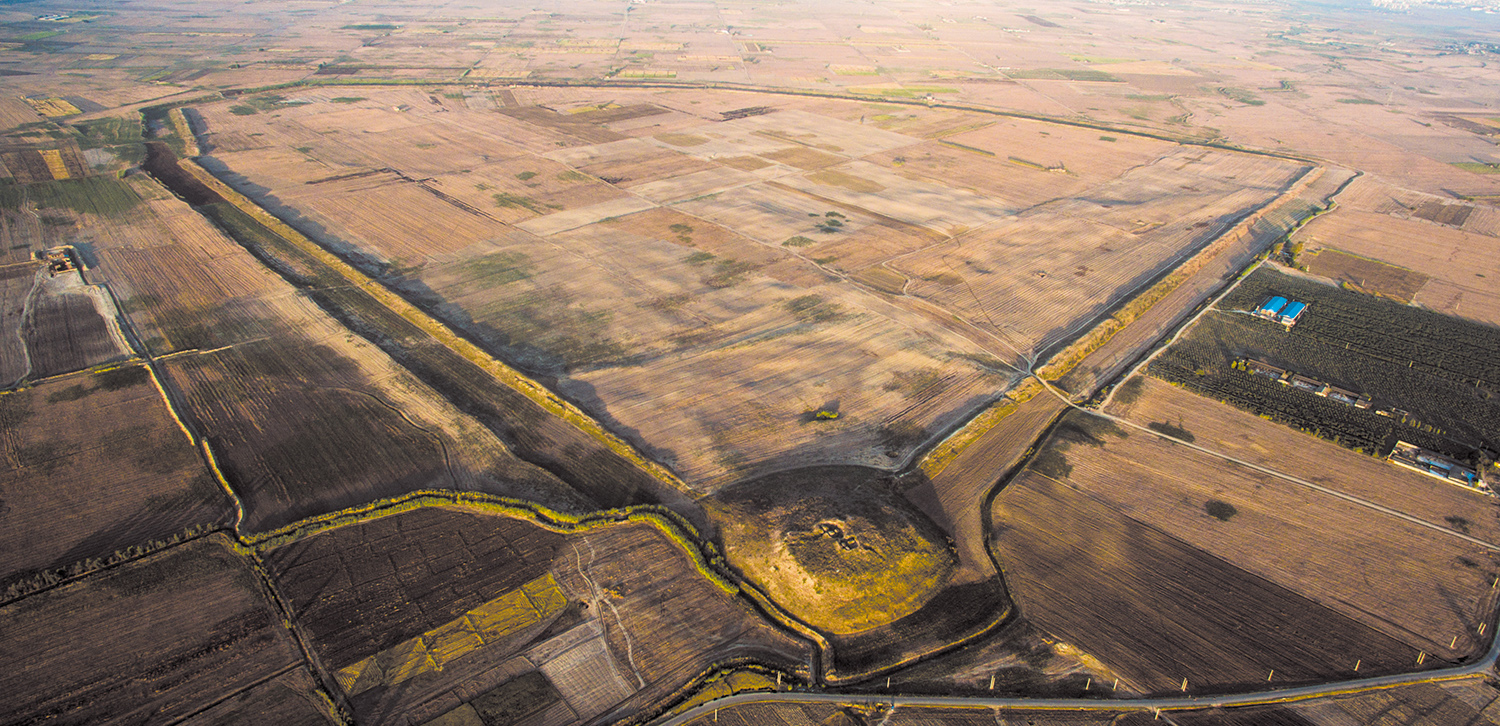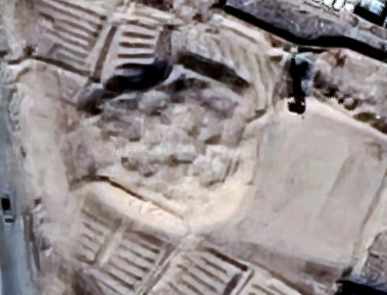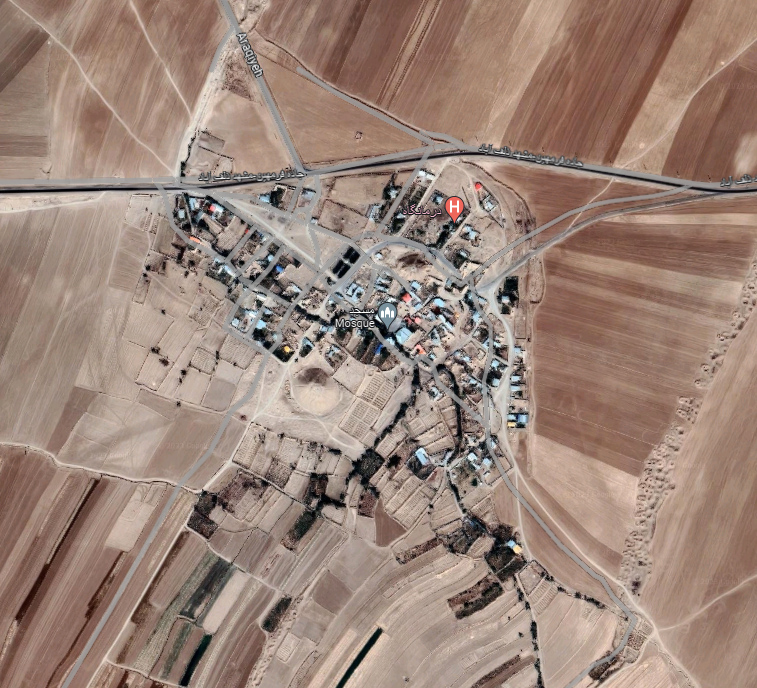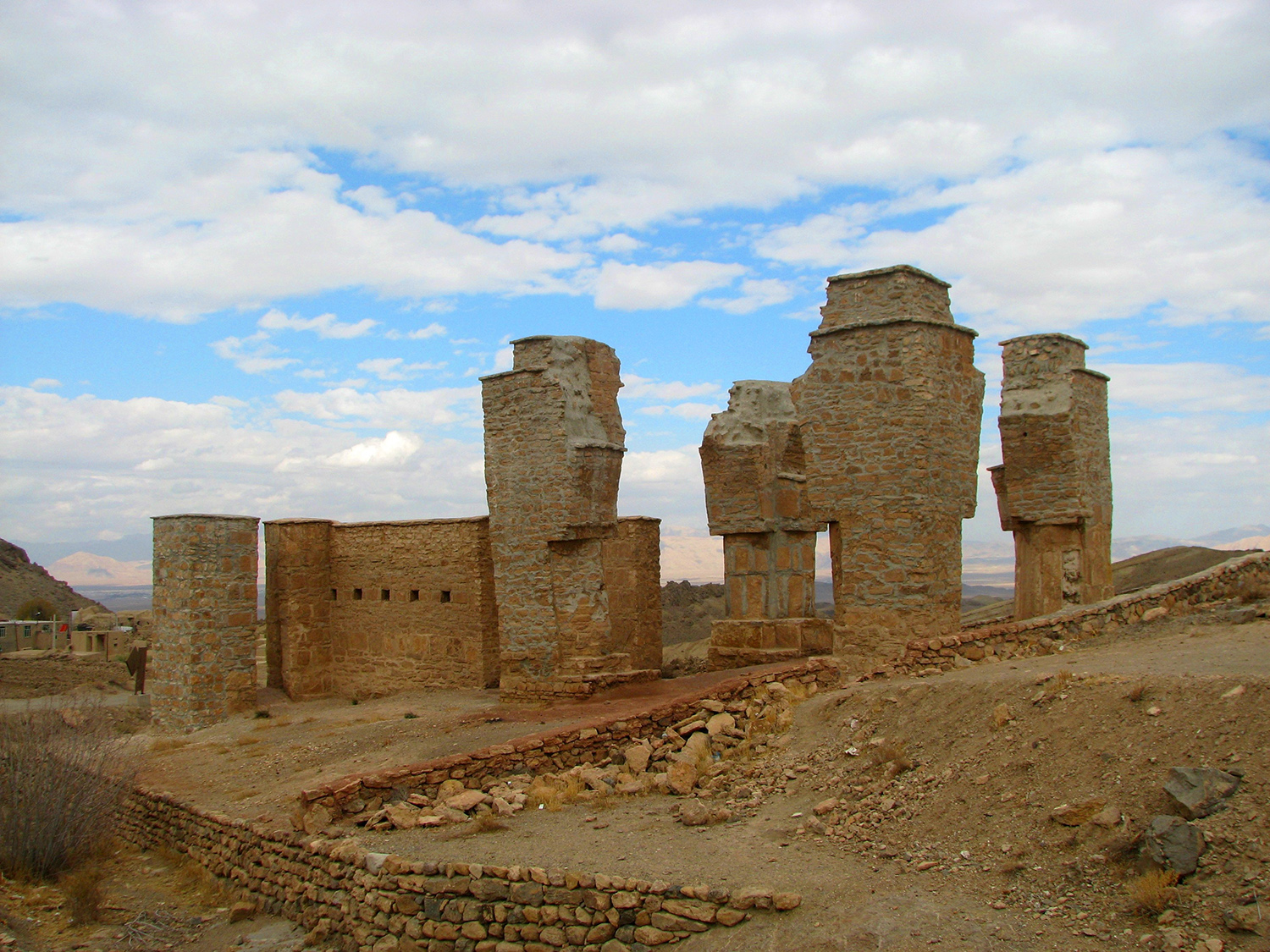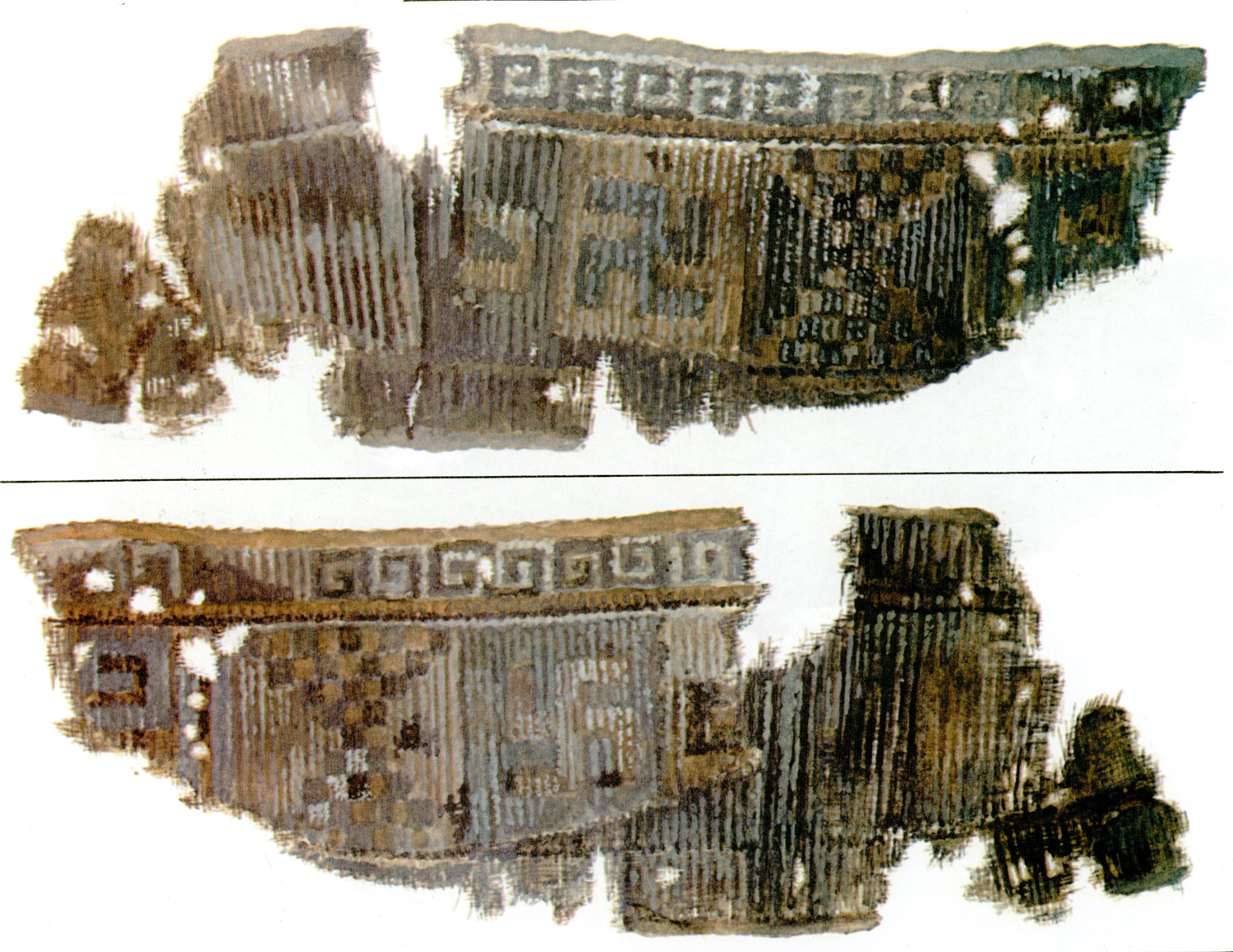Tepe Mushalanتپه موشلان
Location: Central, northern Iran, the Province of Tehran
35°52’50.12″N 50°41’22.43″E
Tepe Mushalan is an extensive mound in the plain of Savajbulaq, west/northwest of Tehran.
Map
Historical Period
Neolithic
History and description
Tepe Mushalan (House of Mice) is in the whereabouts of the abandoned village of Esmāilābād, 62 km west of Tehran. The mound stands 4 meters above the surrounding plain and covers 2 hectares. The mound.
Eleven levels of archaeological deposits have been excavated at Mushalan. Architectural remains are all in mud-brick and chiné (lumps of mud put together). Two types of bricks are known from the site: one is the rectangular brick, and the other is called mosht’ei by the second excavator of Mushalan. They are both handmade and were used occasionally along with chiné. Two major periods have been recognized at Mushalan: an Early Plateau period contemporary with the remains at Tepe Zagheh in the Plain of Qazvin, and a Cheshmeh-Ali period with ties with the sites in Reyy, Tepe Hissar in Damghan, and Sialk III in Kashan.
Archaeological Exploration
Tepe Mushalan was first excavated by Ali Hakemi on behalf of the Iranian Department of Archaeology in 1949. The site was the object of a restudy project in 1977 and 1978 by Hasan Tala'i and Farzaneh Nava'i on behalf of the Iranian Center for Archaeological Research.
Finds
Most of the finds from Tepe Mushalan consist of potsherds and whole ceramic vessels. Two main groups are distinct among ceramic vessels: large painted vessels and smaller, painted stands and bowls.
Bibliography
Hakemi, A., “Haffari dar tappeh Mushalān, Esma'ilābād, Savajbulaq,” Sālnāme-ye Keshvar-e Iran, vol. 14, 1328/1949, Tehran, pp. 203-207.
Tala’i, H., “Stratigraphical Sequence and Architectural Remains at Ismlaiabad, the Central Plateau of Iran,” Archaeologische Mitteilungen aus Iran, vol. 16, 1983, pp. 58-68.
Author: Ali Mousavi
Originally published: March 4, 2022
Last updated: September 19, 2024








